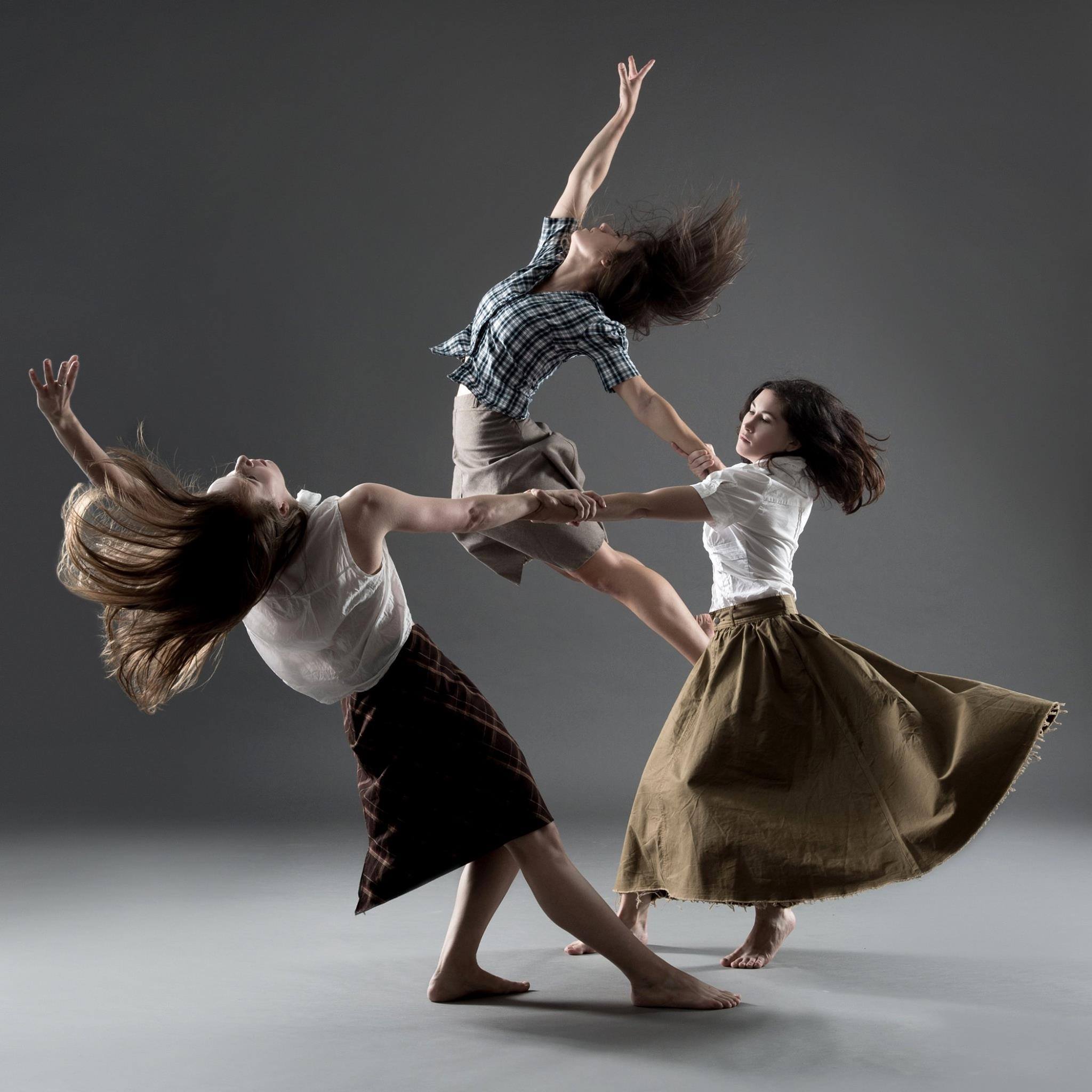Editor‘s Note: I’m so delighted to introduce Kaitlyn Dessoffy as a contributor to Art Intercepts, writing a new column called “Pas de Queer”. Kaitlyn will be sharing their personal experiences as a musical theater major turned dancer/choreographer in Chicago, in addition to delving into topics surrounding gender and sexuality in concert dance. Enjoy!

The “type” question first came up as my voice teacher and I were discussing songs I should take to college musical theater program auditions. “So what’s your type?” she asked. I shrugged and responded, “Not an ingénue.” After determining that I couldn’t belt and wasn’t sexy enough to be Velma Kelly, we settled on some lesser known character pieces and hoped my dancing and monologue would pull me through. Somewhere amidst the auditions, I went rogue, decided my type was “feminist” and starting singing this belty number about a woman who becomes a pirate. I performed it half shouting, and then when the song got too high, flipped into a barely audible and untrained head voice. Needless to say, I was rejected across the board.
In August of 2010 I enrolled in Loyola University’s theater program. I had long hair, sundresses and a practiced way of acting feminine so as to not draw accusations of lesbianism from my peers. I’d already experienced some finger pointing, name calling, girls running away from me in locker rooms screaming, etc. — the normal stuff that subconsciously teaches you how to fly under the radar. Now I found myself surrounded by gay people and an open minded attitude towards sexuality. I came out, buzzed my hair shorter than the nice ladies at the Best Cuts were comfortable with, and started dressing more butch. I was finally expressing myself in a genuine way that wasn’t tied to looking “normal” so I could get cast in a musical. For a few brief years the discussions of type quieted a little and I was cast in a wide range of roles.
As we prepared to graduate, discussions around casting shifted. On the first day of our Audition Seminar class it was laid out pretty clear: type matters a lot in the professional world. I remember sitting in a circle with our professor trying to figure out what “type” we should use to market ourselves. I looked at my baggy jeans and t-shirt. I was quickly transitioning from a lesbian who could pass herself off as feminine to a non-binary soprano who often passes as male in airport security. Who knew I would be ONE YEAR SHY of Fun Home hitting Broadway? (Fun Home is the first Broadway musical featuring a lesbian protagonist. It took until 2015.)
Upon graduating, I was ready to take a break from musical theater. What better time to take a crack at a career in concert dance? I had a childhood of recreational dance classes, a dance minor, and a work ethic that has been called psychotic. Maybe this was possible.
Long story short, I trained for a year in jazz, classical modern, and ballet. After that, I focused on ballet, because everyone and their uncle tells you it’s the foundation of dance. Then I started auditioning for literally everything on CAR. Pretty quickly, I found the two camps that seem to dominate the circles I was running in: modern/postmodern dancers, and ballet-based contemporary dancers. After a low key identity crisis, I determined that I love ballet class. I am just masochistic and type A enough to really jive with sadistic pirouette combinations. Sure, I was too late in the game for a ballet company, but contemporary seemed like it would be a good fit.
But as I researched ballet and contemporary companies, a trend emerged: postmodern companies seem to be the only folks hiring trans or butch female dancers in Chicago. The contemporary companies I had been gunning for were composed of entirely feminine looking women. I thought, “This is contemporary! The whole point is to not be as uptight as classical ballet, gender is totally irrelevant here!” Definitely not the case. While there is some gender diversity among smaller contemporary companies, if you want to work your way up to more mainstream, higher paying companies, apparently you need to be feminine.

This lack of diversity regarding gender expression deserves acknowledgement and discussion. I will be contributing to Art Intercepts monthly and will focus on gender and sexuality in the Chicago dance community. I’m going to leave this first post pretty open ended, but expect more. I have at least a year’s worth of ideas about how to get some more queer dancers up to the plate.
Softball reference. You’re welcome.
In the meantime, I want to know YOUR thoughts! Anyone identify with this? Anyone having a totally different experience? I mean, I just wrote a whole article about lesbian and queer representation and never mentioned femmes. The floor is open: Let me know what you think in the comments.
